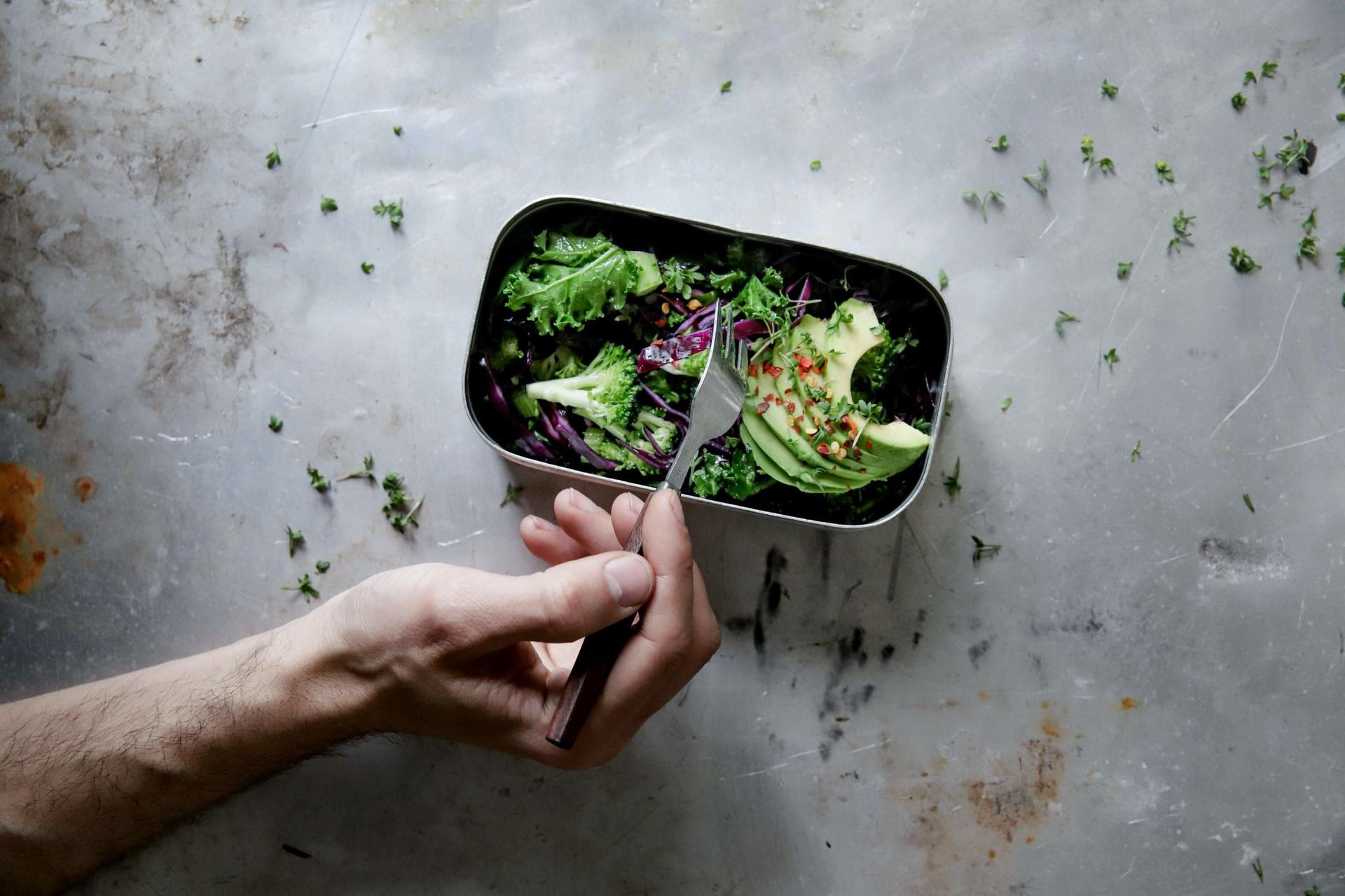Munchbox - An innovative idea to redesign transactions in gastronomy

Munchbox - An innovative idea to redesign transactions in gastronomy
Project by: James Spoor, Mirko Reichlin, Pedro Edo
 |
 |
 |
| James Spoor | Mirko Reichlin | Pedro Edo |
Introduction
MunchBox can be named as a typical harmony of objectives between private persons and restaurants. While the private individual wants to save as much as possible on his daily lunch costs, restaurant owners want as many customers as possible to achieve the highest possible turnover. For restaurants, this can be stressful during rush hours, such as noon, and sometimes it is even impossible to serve all customers. The solution is the MunchBox subscription service.
Tools and Technologies used in this project:
- Figma
- Google API
- Django
- JavaScript
- Mapbox
- React
Project details
With MunchBox restaurants can log into the app as hosts and set their own times when they want to welcome customers and when they are already booked. As a private person, you login to the app to benefit from lower prices since they are universally regulated at MunchBox. There are MunchBox vouchers with which you can go to a registered restaurant of your choice and redeem them. The credits are redeemable once a day and can only be used when the restaurant is activated, or when the restaurant wants to welcome MunchBox customers, (ex:at times of day when there is not much activity). Each MunchBox user has 20 credits per month which cost CHF 10 each. This principle brings companies additional income and enables people to save on expenses. A restaurant owner can even see on the dashboard if he has gained new customers through MunchBox as well as their reviews. It has also been achieved that each restaurant can create its own photo gallery and advertise for itself, almost like a social media channel. Consumers, on the other hand, have the possibility to add certain restaurants to their favorites and can view suggestions displayed by keywords (ex:vegetarian).
On the front-end side, our students used a design tool called Figma to create a fully responsive web app which works across all platforms. They even used style components to implement the design and to try to avoid any CSS framework. From the back-end point of view, the number one priority was to have a highly scalable architecture, so that everything could be deployed in the cloud. Other tools that were used to complete the project were Mapbox, to render the map with the active restaurants and to open the QR codes for the transaction, as well as Google API to indicate one’s exact location in order to suggest restaurants using MunchBox in the area. The status page, which was part of the app to see which restaurants are active, was developed with a Django path and a JavaScript library for the data visualization.
On the front-end side, our students used a design tool called Figma to create a fully responsive web app which works across all platforms. They even used style components to implement the design and to try to avoid any CSS framework. From the back-end point of view, the number one priority was to have a highly scalable architecture, so that everything could be deployed in the cloud. Other tools that were used to complete the project were Mapbox, to render the map with the active restaurants and to open the QR codes for the transaction, as well as Google API to indicate one’s exact location in order to suggest restaurants using MunchBox in the area. The status page, which was part of the app to see which restaurants are active, was developed with a Django path and a JavaScript library for the data visualization.
Outcome
The result of the project is an application that both gastronomy businesses and consumers can benefit from. The problem of being overburdened with too many customers can be eliminated because the restaurants can decide for themselves when they are active and when not. The startup idea was developed into an end-to-end-solution and raised from scratch by our students Mirko, James, and Pedro.
Student
Mirko Reichlin says:
The final project was the absolute highlight of the bootcamp. We were able to unite forces and bring our personal and technical strength into this project. It was stressful and emotional at times. But at the end we were very happy to present the final result: Munchbox.
Hello world